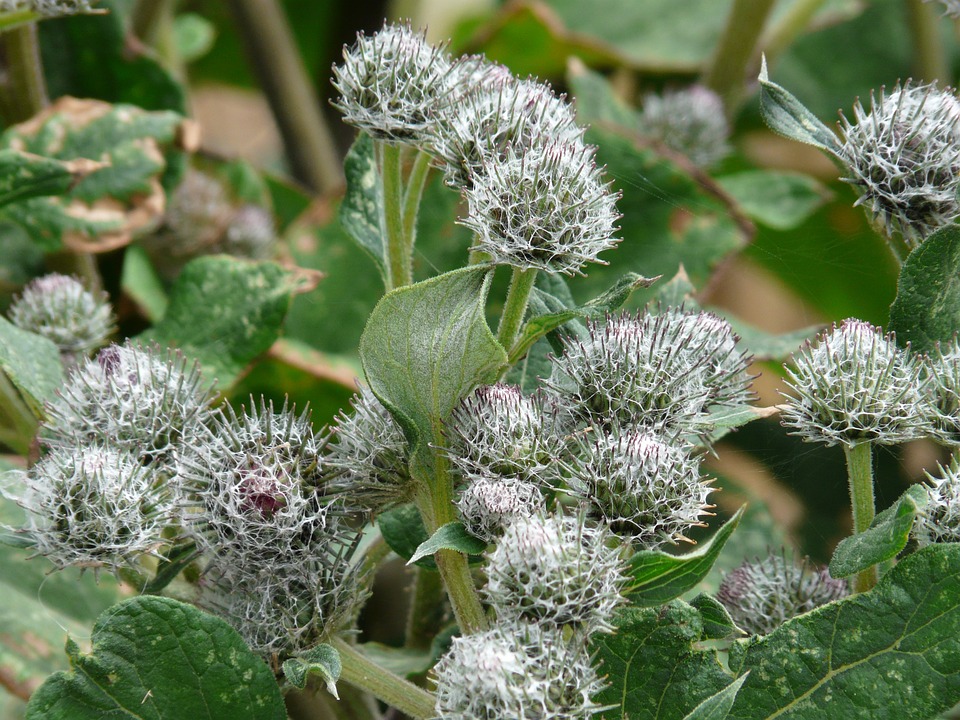This article explores the dangers of chocolate for cats, explaining why it's crucial to keep this sweet treat out of their reach. We'll delve into the toxic compound in chocolate, the symptoms of chocolate poisoning, and provide guidance on what to do if your cat ingests chocolate. We'll also discuss different types of chocolate and their toxicity levels, highlighting which pose the greatest threat to cats. Finally, we'll emphasize preventative measures and answer common questions about chocolate and cats.
Part 1: The Truth About Chocolate and Cats

1.1. The Toxic Culprit: Theobromine
The reason chocolate is dangerous for cats lies in its theobromine content. Theobromine is a bitter alkaloid naturally found in cocoa beans, the foundation of chocolate. While humans readily metabolize theobromine, cats lack the necessary enzyme, cytochrome P450, to effectively break it down. This results in a build-up of theobromine in their system, leading to toxicity.
1.2. How Theobromine Affects Cats
Theobromine acts as a stimulant in cats, affecting multiple organ systems:
Cardiovascular System: Theobromine can cause an increase in heart rate, irregular heartbeat (arrhythmias), and even heart failure in severe cases.
Nervous System: The stimulant effect of theobromine can lead to hyperactivity, tremors, seizures, and in severe cases, coma.
Digestive System: Cats may experience vomiting, diarrhoea, abdominal pain, and even pancreatitis as a result of theobromine toxicity.
Urinary System: Theobromine can also lead to an increased urge to urinate and urinary incontinence.
1.3. Chocolate Poisoning in Cats: Symptoms and Severity
The symptoms of chocolate poisoning in cats vary depending on the amount consumed, the type of chocolate, the cat's size and age, and its overall health. Symptoms can manifest as mild, moderate, or severe.
1.3.1. Mild Symptoms
Increased thirst and urination
Restlessness and hyperactivity
Vomiting
Diarrhoea
1.3.2. Moderate Symptoms
Increased heart rate and panting
Tremors and muscle weakness
Increased salivation
1.3.3. Severe Symptoms
Seizures
Arrhythmias (irregular heartbeat)
Collapse and coma
Death
1.4. Factors Influencing Toxicity
Several factors contribute to the severity of chocolate poisoning in cats:
Type of Chocolate: Dark chocolate, unsweetened baking chocolate, and cocoa powder contain the highest concentrations of theobromine. White chocolate has minimal theobromine and is generally considered safer, though still not advisable for cats.
Amount Consumed: The quantity of chocolate eaten directly influences the severity of poisoning. Smaller amounts may only cause mild symptoms, while larger quantities can lead to severe and potentially fatal consequences.
Cat's Size: Smaller cats are more susceptible to chocolate poisoning than larger cats due to their lower body weight and smaller metabolic rate.
Cat's Health: Cats with underlying health conditions, such as kidney disease, heart disease, or liver disease, may be more vulnerable to the effects of theobromine.
Age: Kittens and senior cats are more sensitive to chocolate toxicity due to their developing or declining organ function.
Part 2: Understanding Chocolate Types and Toxicity Levels

2.1. Dark Chocolate: The Most Dangerous
Dark chocolate boasts the highest theobromine concentration, making it the most toxic to cats. Even a small piece can cause severe poisoning, especially for smaller cats.
2.2. Milk Chocolate: Moderately Toxic
Milk chocolate contains a moderate amount of theobromine, rendering it less dangerous than dark chocolate but still posing a significant risk to cats.
2.3. White Chocolate: The Least Toxic
White chocolate has the lowest theobromine content, making it the safest type of chocolate for cats. However, it's still best to avoid giving chocolate to your cat entirely, as it offers no nutritional value and could cause digestive upset.
2.4. Cocoa Powder: Highly Toxic
Cocoa powder is even more concentrated in theobromine than dark chocolate, making it extremely toxic to cats. If your cat ingests cocoa powder, it is critical to seek immediate veterinary attention.
Part 3: What to Do if Your Cat Eats Chocolate

3.1. Immediate Action: Contact Your Vet
If you suspect your cat has eaten chocolate, contact your veterinarian immediately. They can provide tailored advice based on the type and quantity of chocolate consumed, your cat's size, age, and health.
3.2. Gathering Information for the Vet
When contacting your vet, be prepared to provide the following information:
Type of chocolate: Specify the kind of chocolate consumed, such as dark chocolate, milk chocolate, or cocoa powder.
Amount consumed: Estimate the amount of chocolate your cat ingested, if possible.
Time of ingestion: Provide the approximate time your cat ate the chocolate.
Symptoms observed: Describe any symptoms your cat is exhibiting, such as vomiting, diarrhoea, restlessness, panting, or tremors.
3.3. Possible Veterinary Treatments
The veterinarian may recommend one or more of the following treatments based on the severity of the situation:
Inducing Vomiting: This can help remove the chocolate from your cat's stomach if done within a few hours of ingestion. It is most effective within two hours of ingestion but may be considered up to four hours.
Activated Charcoal: This substance binds to the theobromine in the digestive tract, reducing its absorption into the bloodstream. Activated charcoal is typically given orally.
Intravenous Fluids: These can help flush the theobromine from your cat's system and address dehydration, which is common with vomiting and diarrhoea.
Supportive Care: Your cat may require monitoring for vital signs, such as heart rate and respiratory rate, as well as supportive care like oxygen therapy, depending on the severity of poisoning.
Part 4: Preventing Chocolate Poisoning in Cats
4.1. Keep Chocolate Out of Reach
The best way to prevent chocolate poisoning is to keep all types of chocolate out of your cat's reach. Store chocolate in airtight containers, high on shelves, or in cabinets that your cat cannot access.
4.2. Educate Others
If others visit your home, educate them about the dangers of chocolate to cats. Remind them to be mindful of their belongings and to avoid leaving chocolate unattended where your cat could reach it.
4.3. Be Vigilant with Wrappers
Ensure chocolate wrappers are disposed of properly, as cats might be tempted to chew on them and potentially ingest small pieces of chocolate.
4.4. Safe Alternatives
If you want to offer your cat a special treat, choose cat-safe options such as commercial cat treats or small pieces of cooked chicken or fish. Always consult with your veterinarian to ensure any treats are appropriate for your cat's individual needs.
Part 5: FAQs
5.1. What if My Cat Only Ate a Small Amount of Chocolate?
Even a small amount of chocolate can be dangerous for cats, especially if it is dark chocolate or unsweetened baking chocolate. It is always best to contact your vet for advice, even if you suspect only a small amount has been ingested. They can assess the situation and recommend appropriate action.
5.2. Can I Give My Cat White Chocolate as a Treat?
While white chocolate contains minimal theobromine, it's not recommended to give your cat any type of chocolate. Cats have specific dietary needs that chocolate cannot fulfil.
5.3. How Long Does Chocolate Poisoning Last?
The duration of chocolate poisoning in cats depends on the severity of the ingestion. Symptoms can last for several hours or even days, requiring close monitoring and veterinary care.
5.4. Can I Give My Cat Milk to Neutralise the Effects of Chocolate?
Milk is not an effective antidote for chocolate poisoning. In fact, it may worsen symptoms by causing digestive upset.
5.5. Are There Other Foods Toxic to Cats?
Yes, many other foods are toxic to cats, including grapes, raisins, onions, garlic, avocado, alcohol, macadamia nuts, and xylitol (artificial sweetener). It's crucial to consult with your vet for a comprehensive list of foods to avoid.
5.6. What Should I Do if My Cat is Showing Symptoms of Chocolate Poisoning?
If your cat is showing any symptoms of chocolate poisoning, seek immediate veterinary attention. The sooner you act, the better the chances of a successful recovery.
Remember: Even a small amount of chocolate can be dangerous for your cat. Always keep chocolate out of reach and contact your vet if you suspect your cat has eaten any.
Everyone is watching
-

Are Cat Ribs Flexible? Understanding Their Anatomy
CATS & KITTENSThis article delves into the fascinating world of feline anatomy, exploring the flexibility of cat ribs and ho...
-

Can Cats Eat Bananas? (Everything You Need to Know)
CATS & KITTENSThis article dives into the intriguing question of whether cats can safely enjoy the sweet, yellow fruit, bana...
-

Cat Lifespan: How Long Do Cats Live?
CATS & KITTENSThis comprehensive guide explores the factors influencing the lifespan of our feline companions, providing ins...
-

Can Cats Get COVID-19? What You Need to Know
CATS & KITTENSThis article will delve into the fascinating world of feline COVID-19 susceptibility. We'll explore whether ca...
-

Can Cats Eat Eggs? A Complete Guide to Egg Safety for Your Feline Friend
CATS & KITTENSWhen it comes to treating our furry companions, we all want to ensure we're doing what's best for them. Eggs...
